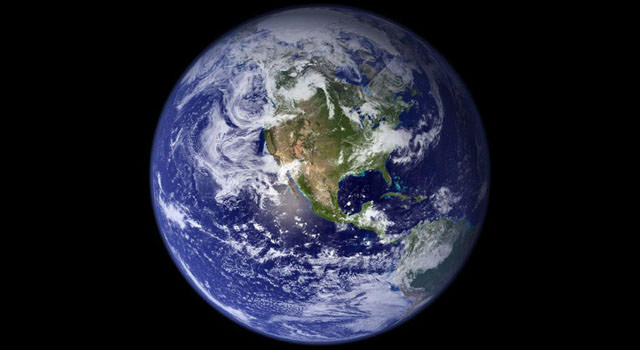Earth science is an exciting field of study that delves into the workings of our planet, including its structure, composition, and processes. From the ocean depths to the highest mountains, earth science covers it all. In this article, we will explore the fascinating world of earth science, including the subfields of geology, oceanography, meteorology, and astronomy.
1. Introduction to Earth Science
Earth science is the study of the physical components of the Earth and the processes that shape them. It encompasses a range of scientific disciplines, including geology, oceanography, meteorology, and astronomy.
1.1 Importance of Earth Science
The study of Earth science is critical for understanding the world we live in and for predicting the impacts of natural disasters, such as earthquakes, volcanic eruptions, and hurricanes.
1.2 Brief History of Earth Science
The study of Earth science has a long and fascinating history that dates back to the ancient Greeks, who were the first to propose that the Earth was a sphere.
2. Subfields of Earth Science
2.1 Geology
Geology is the study of the Earth’s physical structure, history, and the processes that shape it. It includes the study of rocks, minerals, and fossils.
2.1.1 Plate Tectonics
Plate tectonics is a theory that explains the movement of the Earth’s crustal plates. It is responsible for creating mountains, earthquakes, and volcanic activity.
2.2 Oceanography
Oceanography is the study of the world’s oceans, including their physical and chemical properties, marine life, and the processes that shape them.
2.2.1 Marine Life
The study of marine life is a critical component of oceanography, as it provides insights into the complex ecosystems that exist beneath the ocean’s surface.
2.3 Meteorology
Meteorology is the study of the Earth’s atmosphere, including weather patterns and climate.
2.3.1 Climate Change
Climate change is a critical area of study within meteorology, as it has significant impacts on the Earth’s ecosystems, economies, and human societies.
2.4 Astronomy
Astronomy is the study of the universe beyond the Earth, including the stars, planets, and other celestial objects.
2.4.1 Planetary Science
Planetary science is a critical subfield of astronomy, as it provides insights into the formation and evolution of planets, including our own.
3. Applications of Earth Science
3.1 Natural Resource Exploration
The study of Earth science is critical for identifying and exploiting natural resources, including minerals, oil, and gas.
3.2 Environmental Protection
Earth science is also critical for protecting the environment, including the Earth’s ecosystems, air, and water.
3.3 Disaster Prediction and Prevention
The study of Earth science is essential for predicting and preventing natural disasters, such as earthquakes, volcanic eruptions, and hurricanes.
4. Future of Earth Science
The future of Earth science is bright, with new technologies and research methods opening up exciting possibilities for exploration and discovery.
4.1 Space Exploration
The exploration of space is an area of increasing interest within Earth science, with missions to Mars and other celestial bodies providing new insights into the origins and evolution of our solar system.
Conclusion
The field of Earth science is an exciting and critical area of study that helps us to understand and protect the planet we call home. From the depths of the ocean to the far reaches of space, Earth science covers it all.
